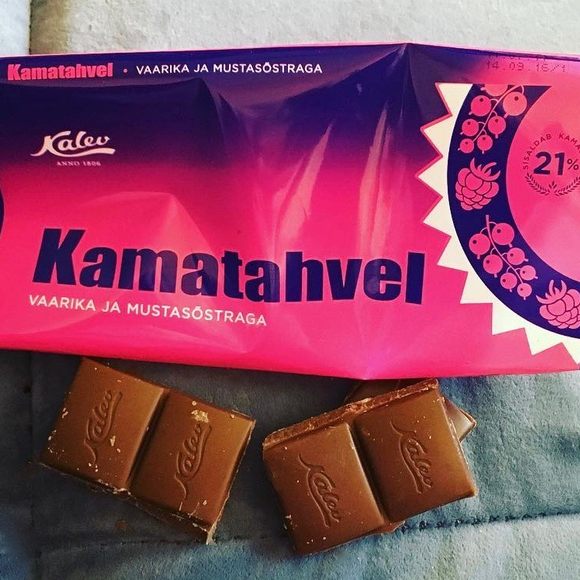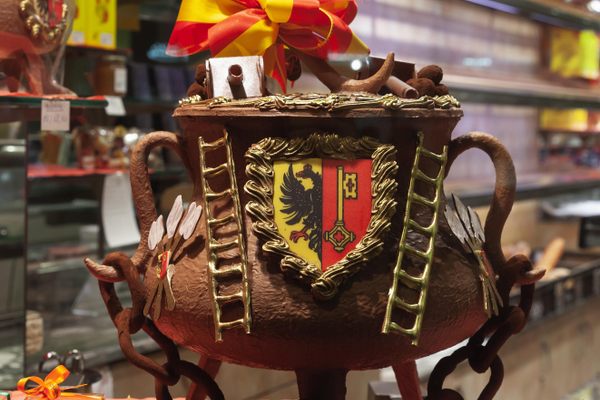Sweets
Kamatahvel
Created during a cocoa shortage, the grain-based “chocolate” bar became an Estonian classic.
In desperate times, people turn to cheap comfort food. In the 1970s, cocoa prices skyrocketed, pushing chocolatey sweets out of reach for millions of people. In the Soviet Union, states lacked buying power because the government centralized foreign trade. Chocolate became extremely scarce in the Baltic countries.
During the shortage, an Estonian candy company began experimenting with kama—a grain blend of rye, wheat, barley, and pea—to find chocolate alternatives. The company, Kalev, began pumping out a candy bar made from kama, evaporated milk, coffee, sugar, and cocoa powder. For half the price of chocolate, the Kamatahvel bar satisfied sweet cravings in Estonia and beyond. Eventually, it became the national snack. But after chocolate prices stabilized in the 1980s, Kalev retired their grain-based candy bar.
In response to mounting nostalgia, Kalev started manufacturing Kamatahvel again in 2001. Tasters describe the melts-on-the-tongue, coffee-flavored bar as a bit chalky and dry, but the revival was a success. Seniors buy the bar for a taste of childhood, while the younger generation buys it for its retro appeal. Both camps can revel in the fact that Kamatahvel is significantly cheaper than a real chocolate bar. The treat has since climbed to fourth on the list of Kalev’s most popular products.
Written By
 rachelrummel
rachelrummel













